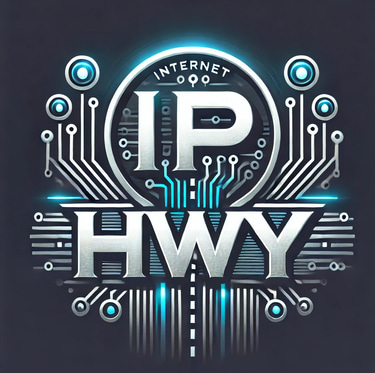Cyber Spillover--> How Geopolitical Conflicts Are Fueling a New Wave of Cyber Attacks
Jim Leone
6/19/20252 min read
When tensions erupt on the global stage, the battlefield no longer ends at the border. In 2025, the fallout of international conflict is reaching deep into corporate networks and critical infrastructure...not with missiles, but with malware.
As the Israel-Iran conflict escalates, U.S. businesses are being quietly urged to brace for cyberattacks, especially those in energy, transportation, financial services, food supply chains, and communications. The warnings aren’t hypothetical, they’re operational.
From Foreign Battlefields to Domestic Firewalls
According to the latest joint advisories from the IT-ISAC and Food & Ag-ISAC, multiple U.S. sectors have been placed on high alert due to intelligence suggesting possible retaliatory attacks from Iranian-linked threat groups. These alerts come in response to fears that advanced persistent threats (APTs) may launch coordinated phishing campaigns, destructive wiper malware, and ransomware attacks aimed at disrupting national infrastructure or sowing economic uncertainty.
Meanwhile, the Cybersecurity and Infrastructure Security Agency (CISA) has reiterated its call for organizations to adopt a “Shields Up” posture, reminding companies that they are now part of the frontline.
Who’s Behind the Threats?
Iranian threat actor groups such as APT33 (Elfin), APT34 (OilRig), and MuddyWater have long been linked to state-sponsored attacks on the U.S., Israel, and Gulf-region allies. Their methods are no longer crude, they’ve become patient, persistent, and increasingly AI-enhanced.
Recent campaigns suggest:
Credential harvesting via spear phishing mimicking Microsoft or security vendors
Lateral movement via VPN appliances, exploiting unpatched Fortinet or Ivanti zero-days
Disruption over theft: wiping systems, encrypting backups, targeting industrial controls (ICS/SCADA)
Why Every Business Should Care
Even if you're not on the frontlines of geopolitics, you're still at risk. Here’s why:
Collateral Damage: Even minor service providers (e.g., DNS hosting, SaaS platforms) are being hit in supply chain attacks.
Brand Imitation: Threat actors use well-known brands (including small MSPs) in spoofed emails or fake login portals.
Business Continuity Impact: Cyber insurance underwriters are now rating policies based on geopolitical exposure and vendor stack.
In short... you don’t need to be the target to be a victim.
What You Should Be Doing Right Now
Whether you’re a CISO, SOC lead, or small business owner, here are steps you should take today:
1. Review & Patch Public-Facing Systems
Make sure VPNs, web servers, and exposed services are fully patched. Fortinet, Ivanti, and Microsoft Exchange are frequent targets.
2. Update Detection for Wipers & Phishing
Wiper malware often mimics ransomware but has no recovery path. Ensure your EDR is tuned and alert for data destruction, not just exfiltration.
3. Test Your Incident Response Plan
Run a tabletop exercise simulating a state-sponsored attack. If you're not rehearsing it, you’re not ready.
4. Harden Remote Access
Limit access by role, geo-restrict logins, and implement behavioral anomaly detection.
5. Coordinate with Sector ISACs
If you’re in a regulated or critical industry, join and monitor your sector’s ISAC (e.g., FS-ISAC, IT-ISAC, H-ISAC). Real-time alerts matter.
My Final Thoughts
Geopolitical cyber spillover isn’t new, but the speed, scale, and precision of today’s threats are. In a hyperconnected digital world, conflict anywhere can mean compromise everywhere.
Your organization’s firewall is no longer the boundary.........it’s just the beginning.
The IP HighWay
Stay updated with the latest IT security news.
info@iphwy.com
© 2025. IPHwy LLC. All rights reserved.



